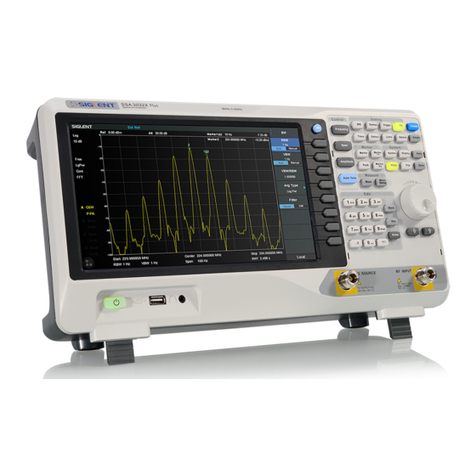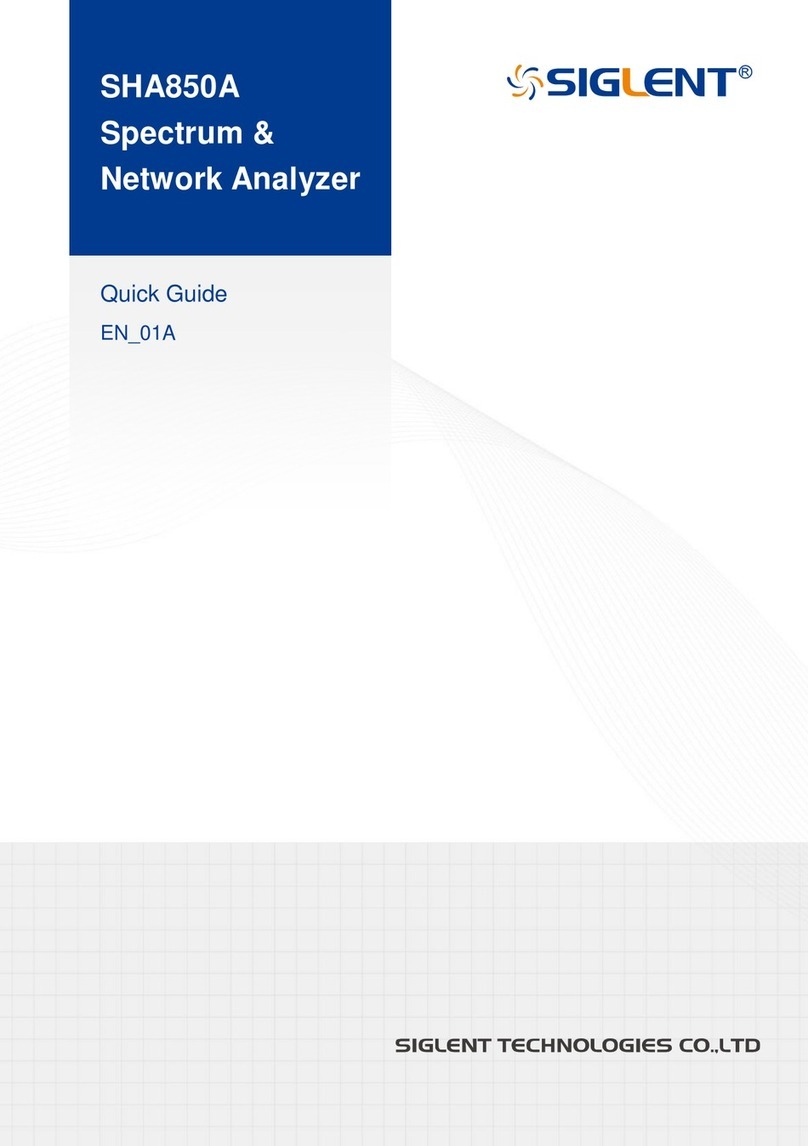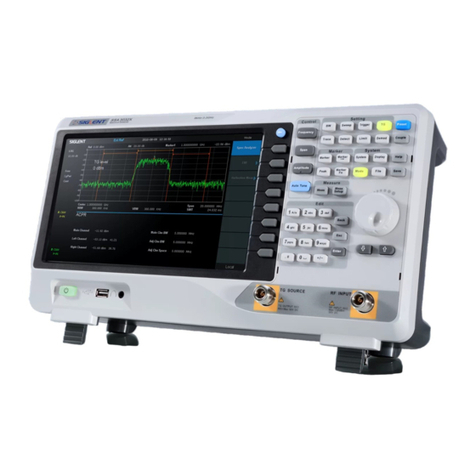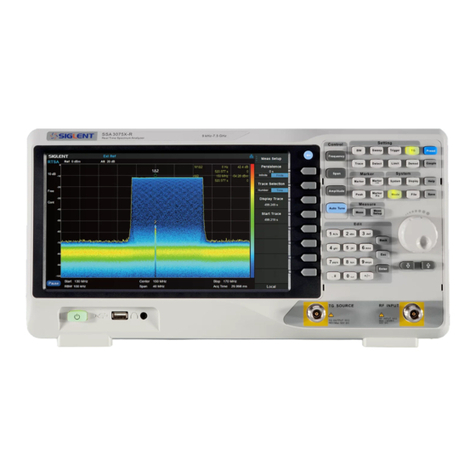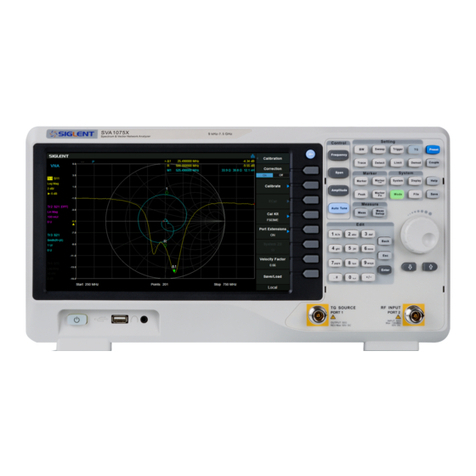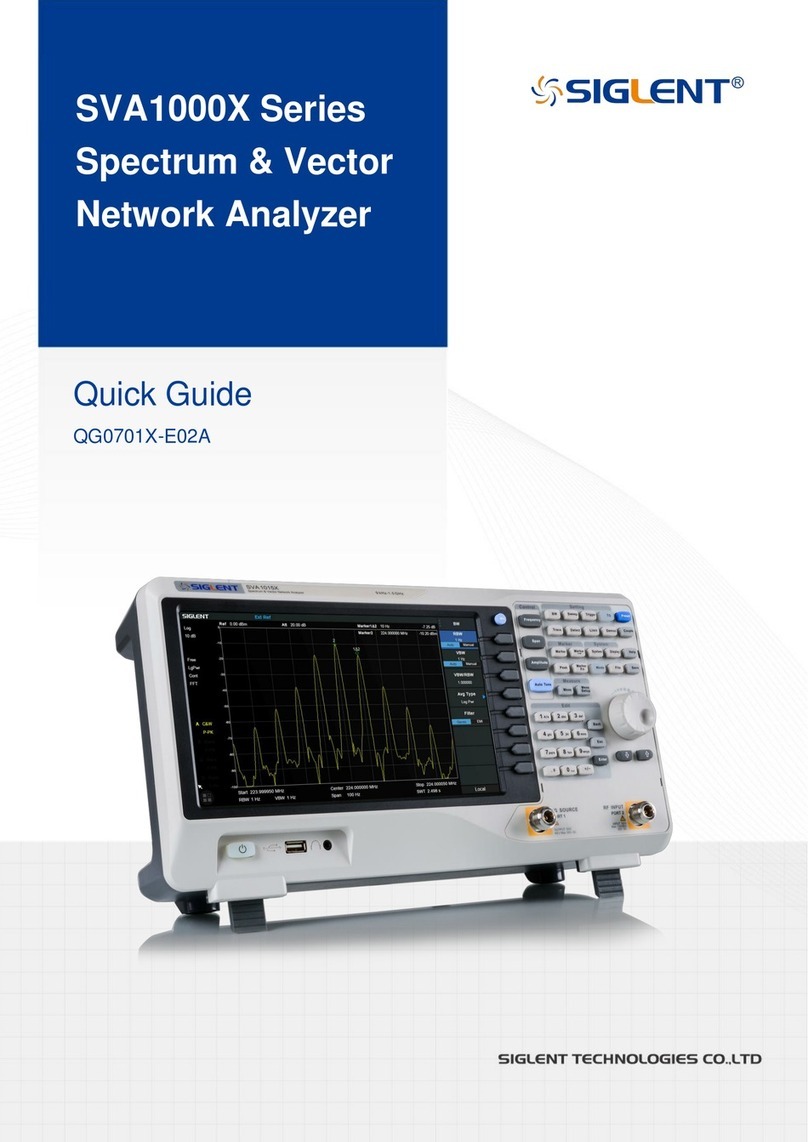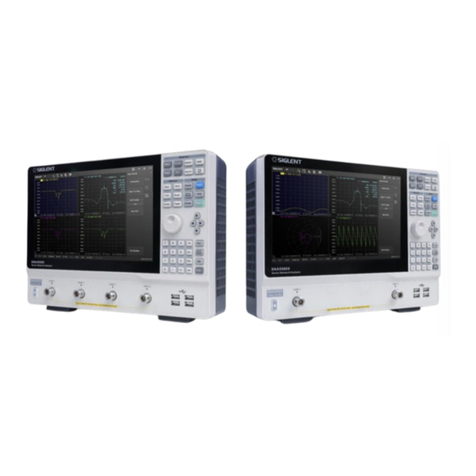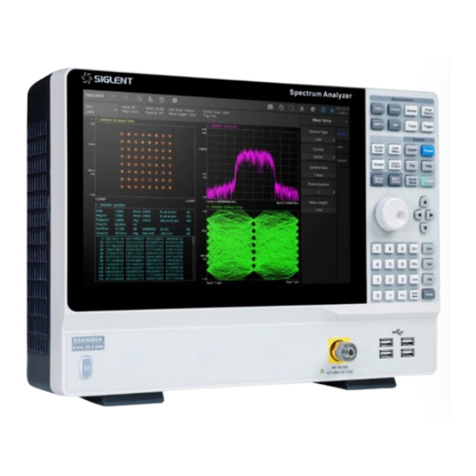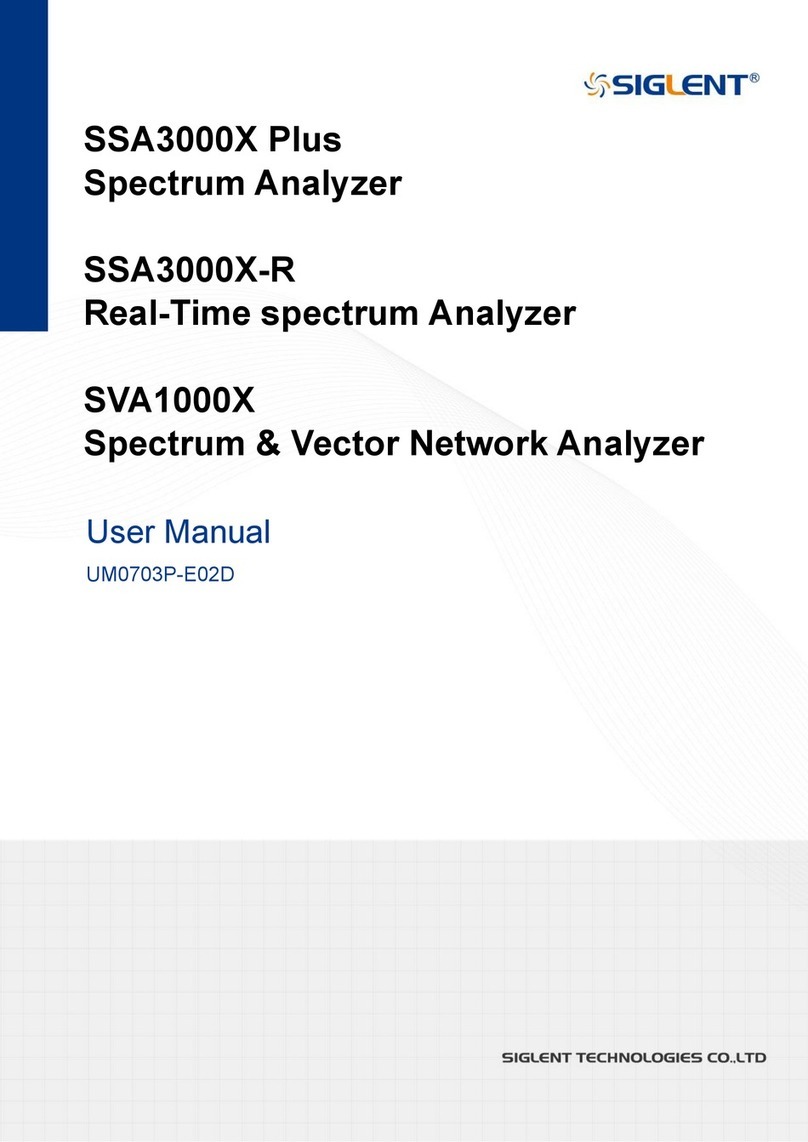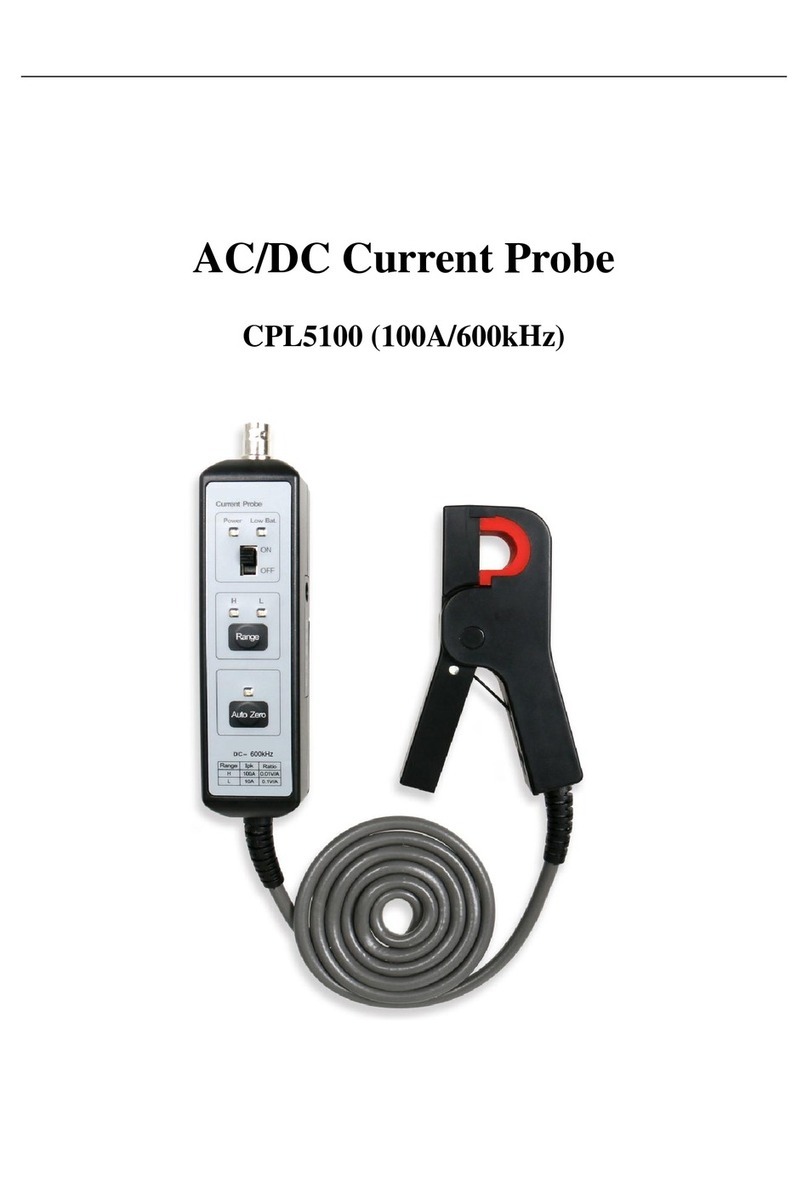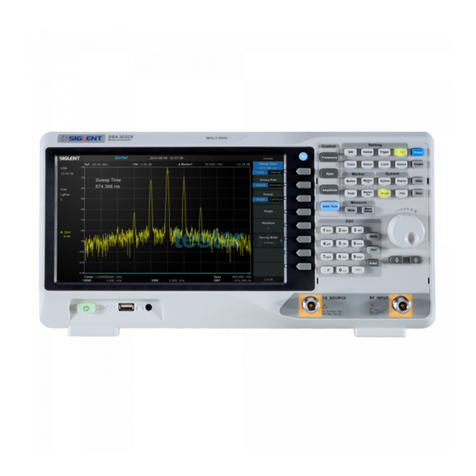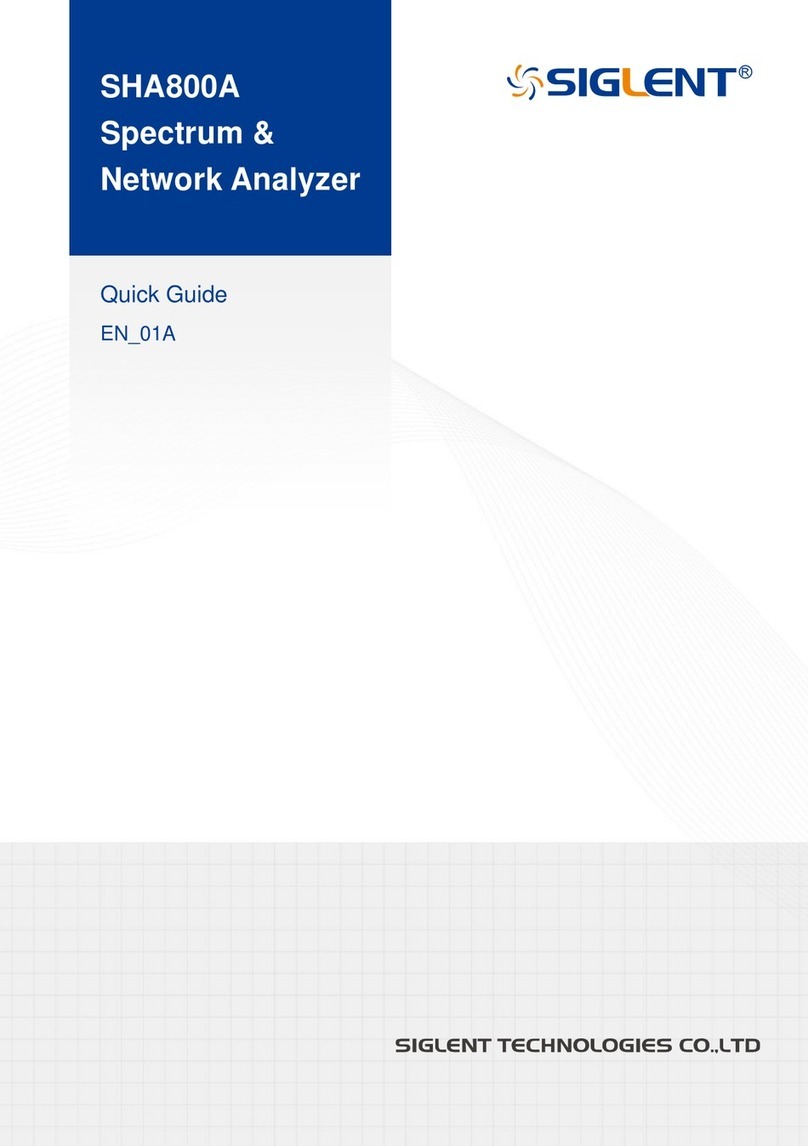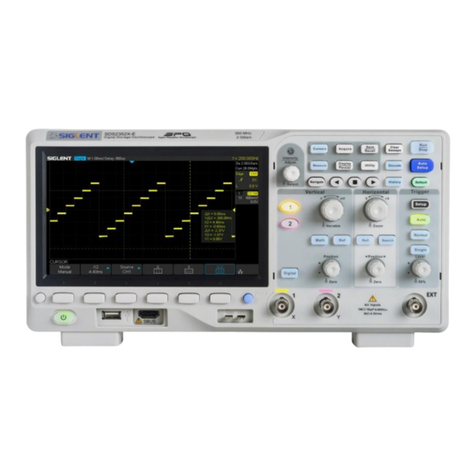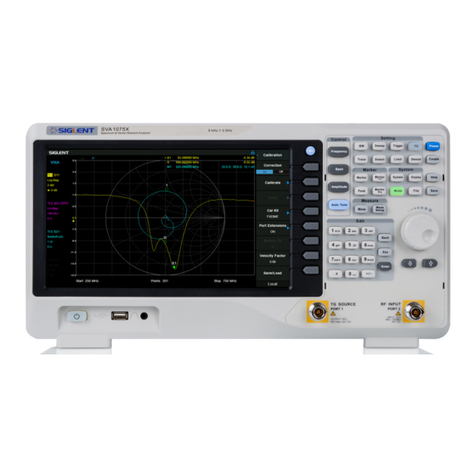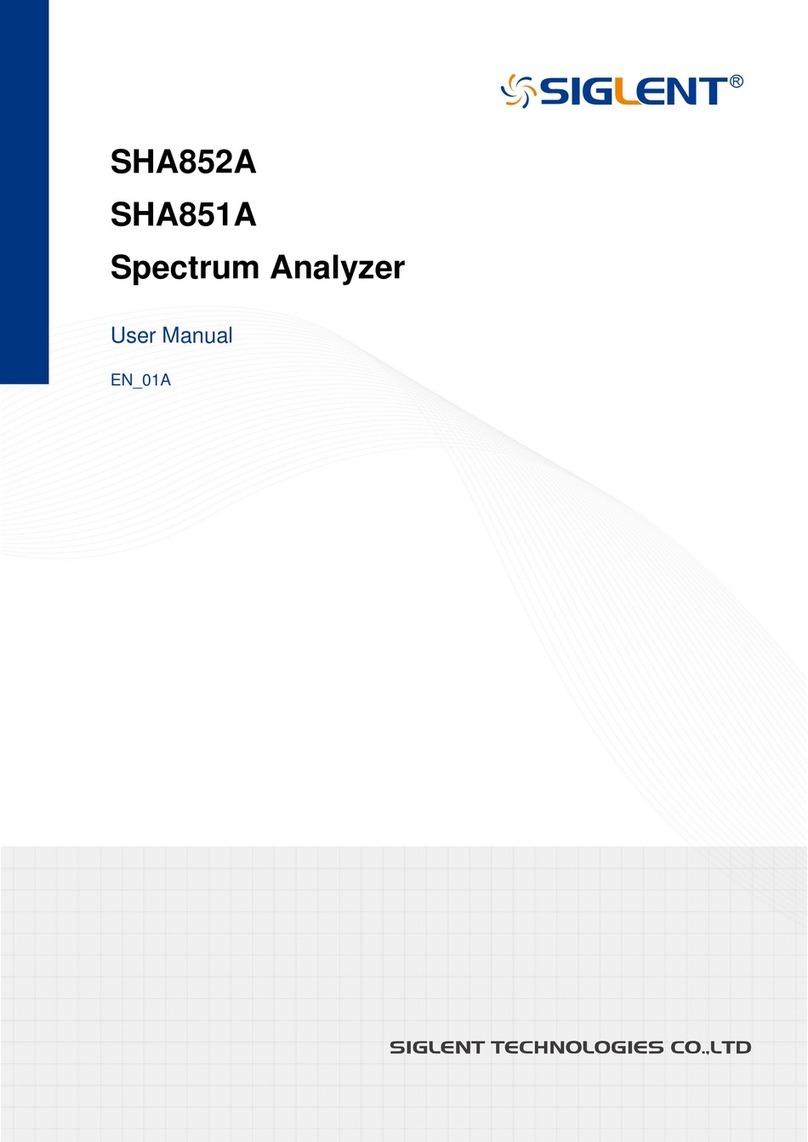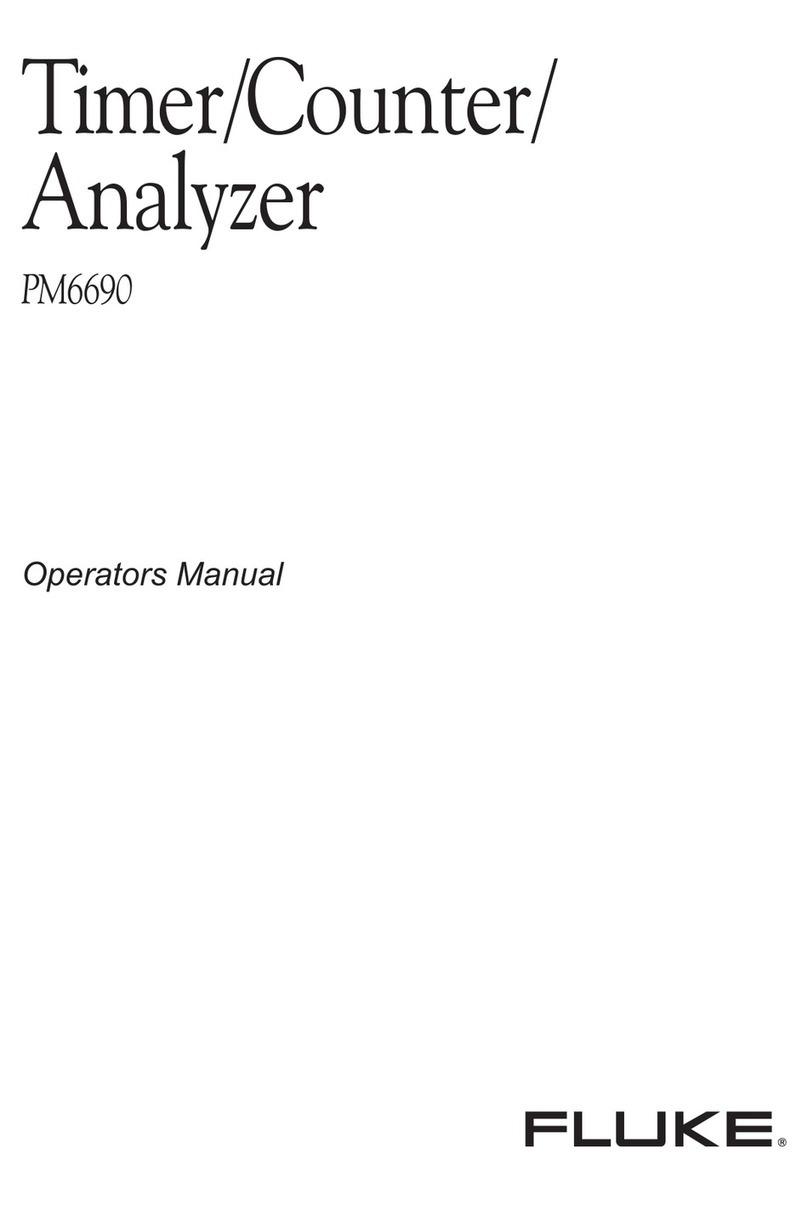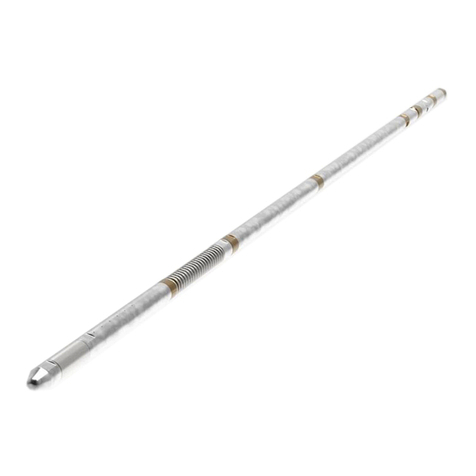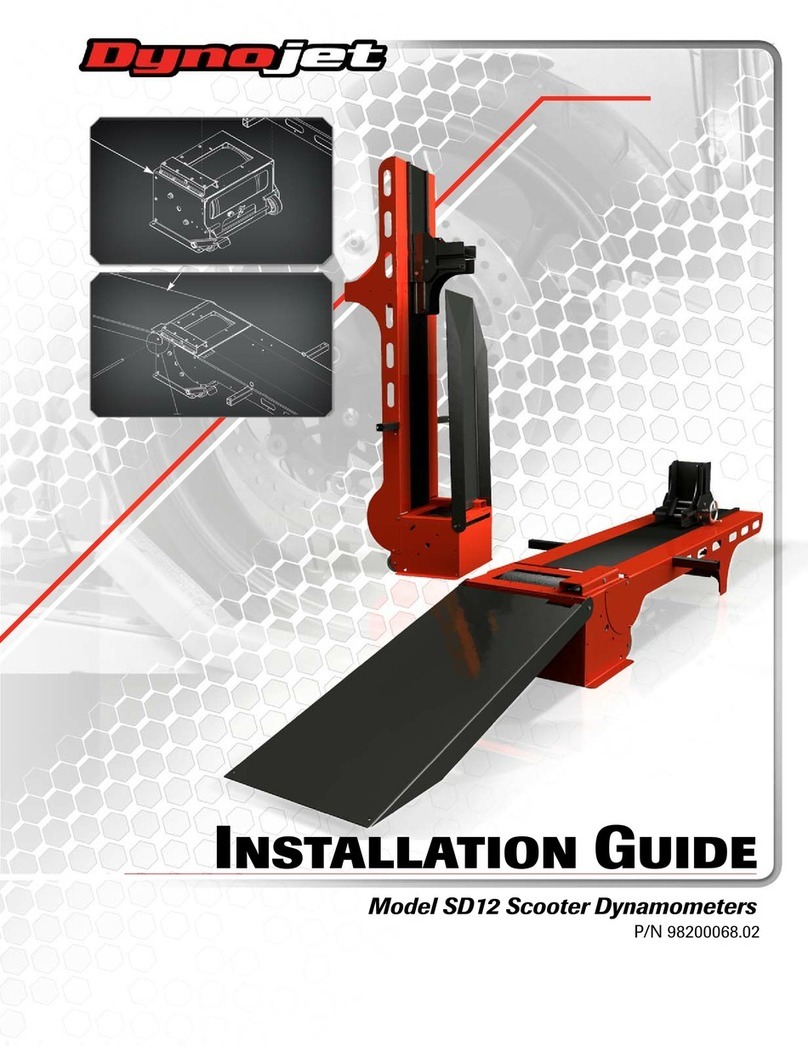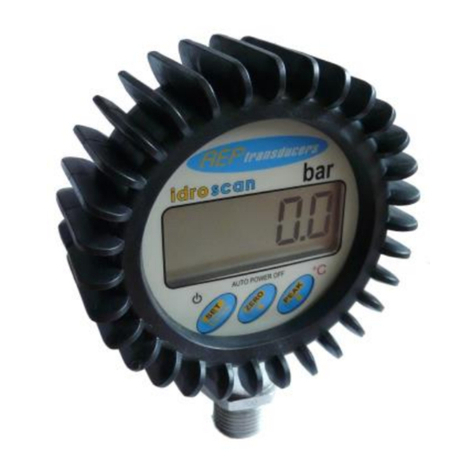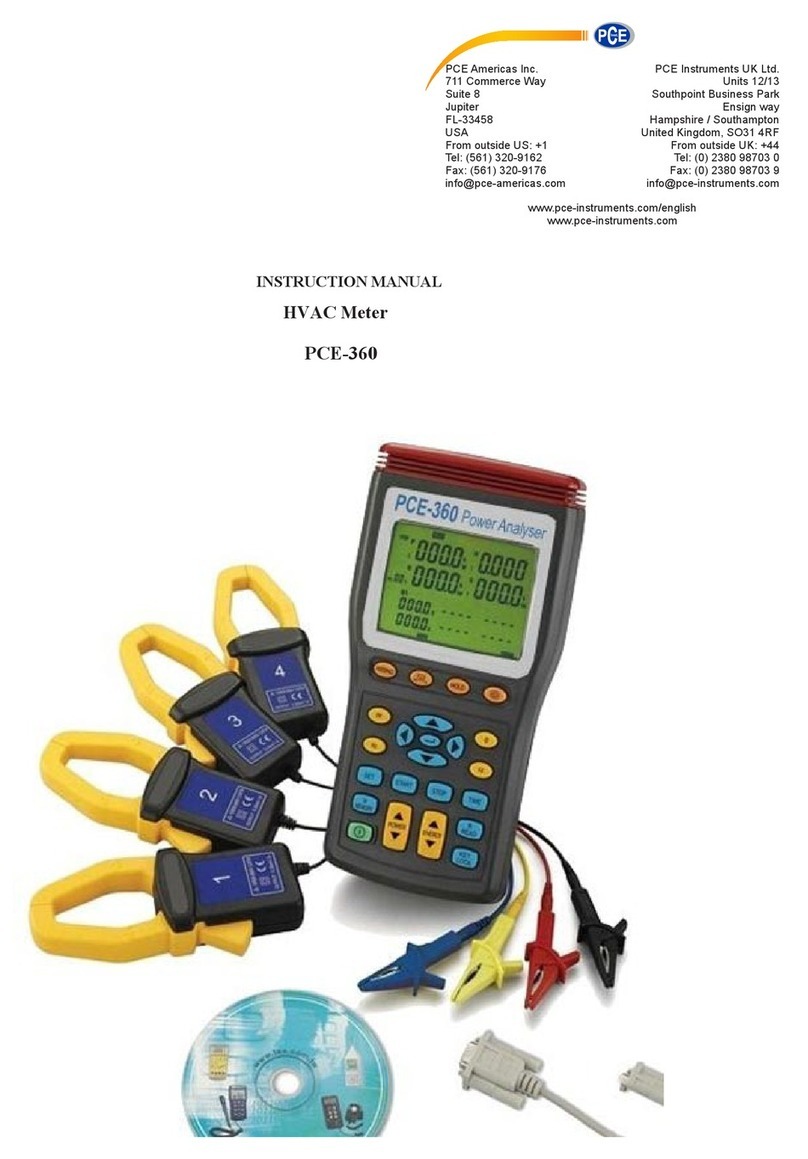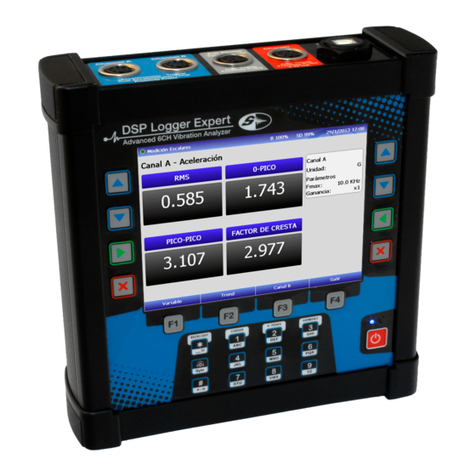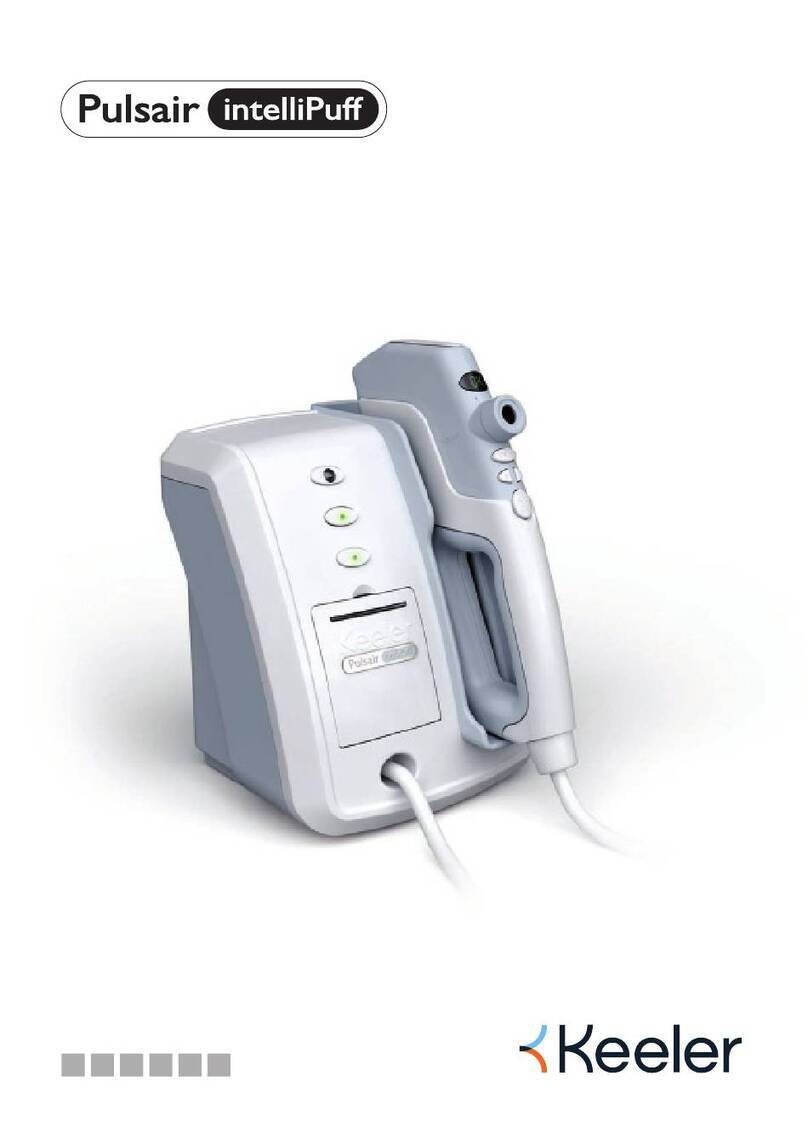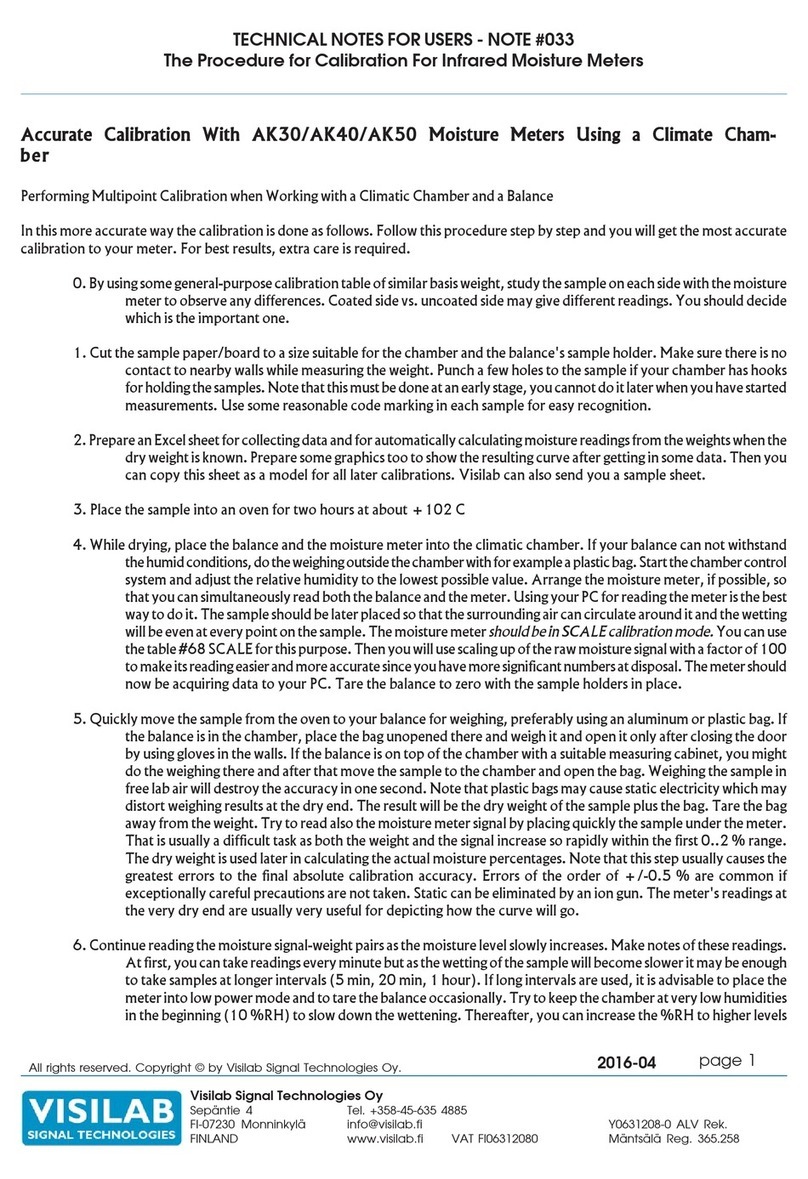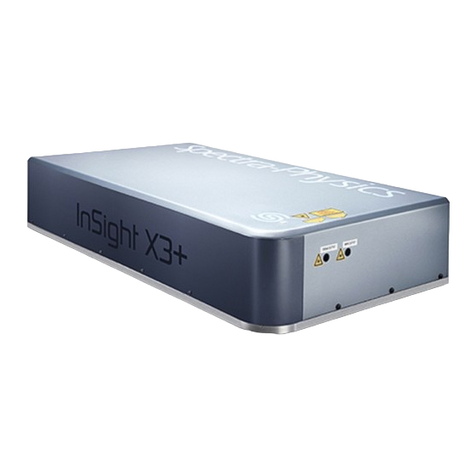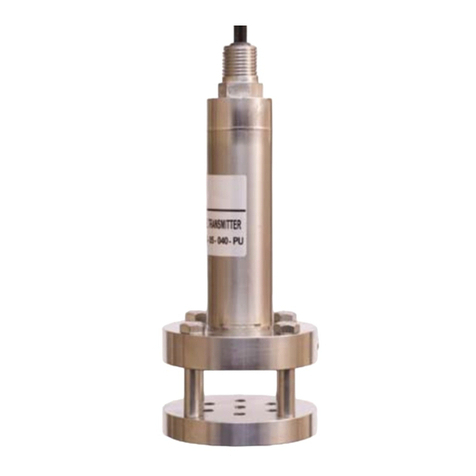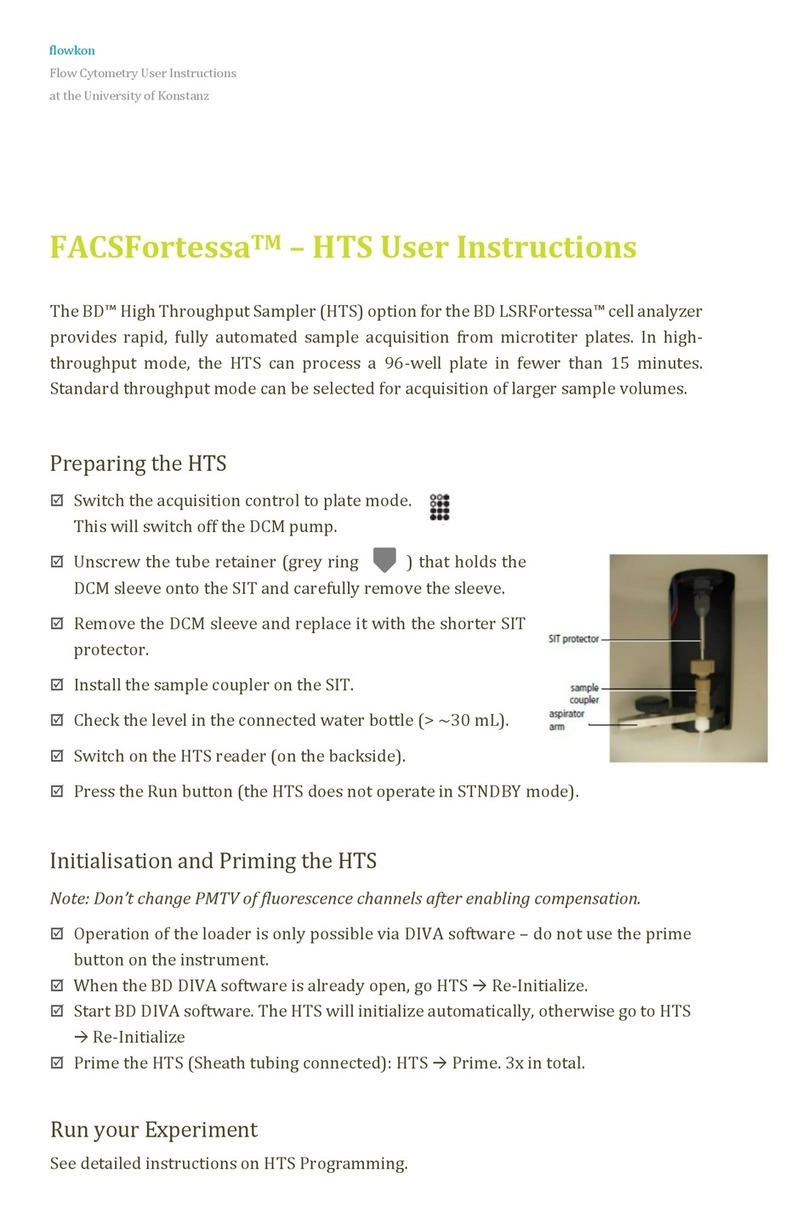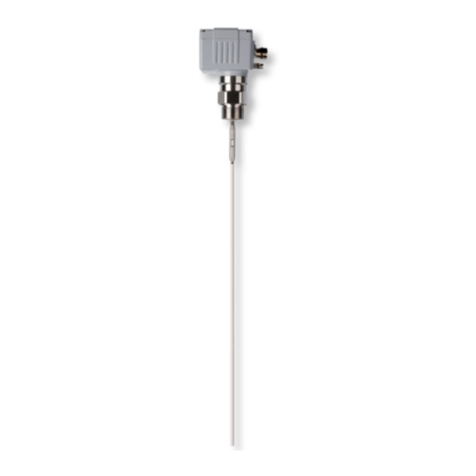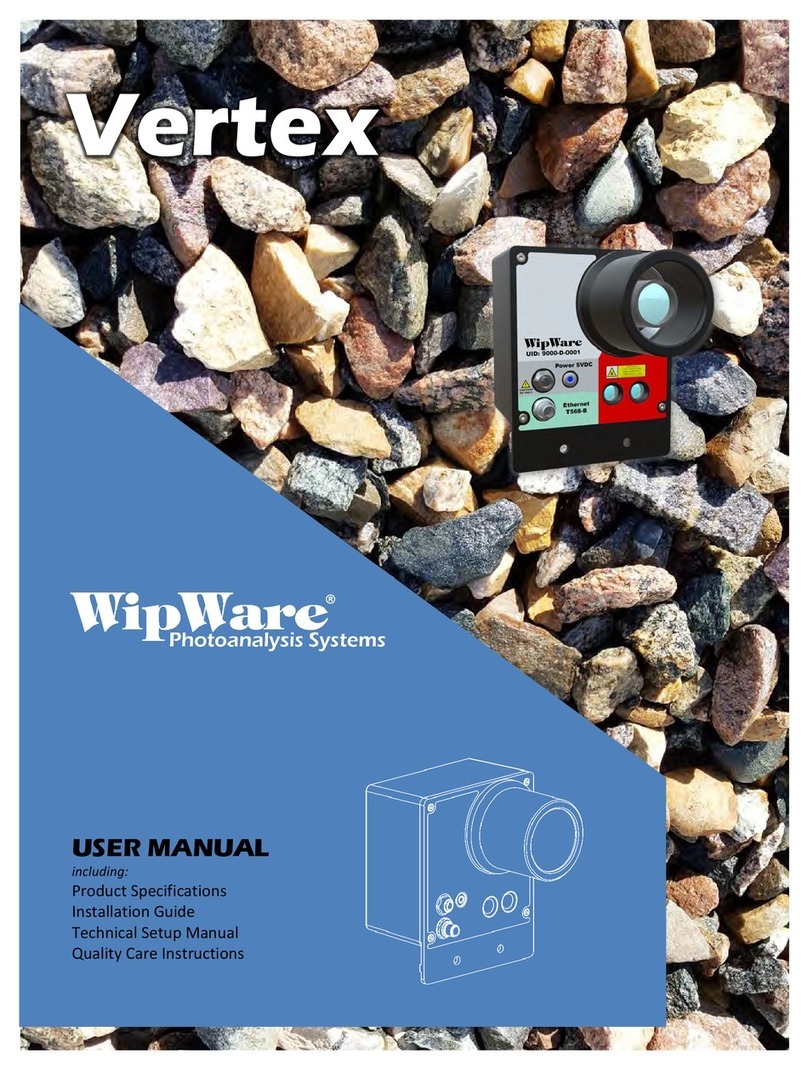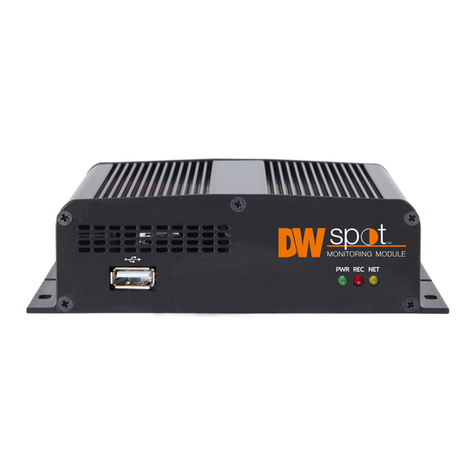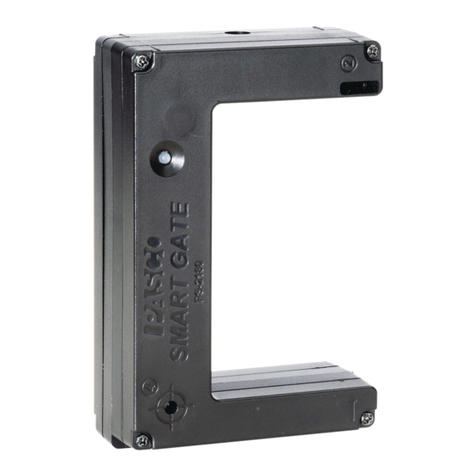
CP6000/CP4000
4Current Probe Instructions
Toavoiddamagetothedevice,protectitfromvibrationorshockduringtransport
and handling, and be especially careful to avoid dropping.
Do not store or use the device where it could be exposed to direct sunlight,high
temperature, humidity, or condensation. Under such conditions, the device may
be damaged and insulation may deteriorate so that it no longer meets
specifications.
Before using the device the first time, verify that it operates normally to ensure
thatthenodamageoccurredduringstorageorshipping.Ifyoufindanydamage,
contact your dealer or SIGLENT representative.
Thisdeviceisnotdesignedtobeentirelywater-ordust-proof.Toavoiddamage,
do not use it in a wet or dusty environment.
The sensor head is a precision assembly including a molded component, a
ferritecore,anda HallEffectelement.Itmaybedamagedifsubjectedtosudden
changes in ambient temperature, or mechanical strain or shock, and therefore
great care should be exercised in handling it.
The matching surfaces of the sensor head are precision ground, and should be
treatedwithcare.Ifthesesurfacesarescratched,performancemaybeimpaired.
Foreign substances such as dust on the contact surfaces of the sensor head
can cause acoustic resonance and degrade measurement, so it should be
cleaned by gently wiping with a soft cloth.
To avoid damaging the sensor cable and power supply cable, do not bend or
pull the cables.
When the power is on, keep closed, except when clamping them onto the
conductor to be measured. The facing surface of the core section can be
scratched while it is open.
Do not place any un-clamped conductor with an electric current of a frequency
of10kHzormorenearthesensorhead.Currentflowingintheconductornearby
may heat up the sensor head and cause its temperature to rise, leading to
damage to the sensor. For example, when one side of a go-and-return
conductor is clamped and the other side is also placed near the sensor head ,
even if the electric current is lower than the consecutive maximum current,
electric currents in both sides will heat up the wires and raise the temperature,
thereby causing damage to the sensor.
The maximum continuous input range is based on heat that is internally
generated during measurement. Never input current in excess of this level.




















